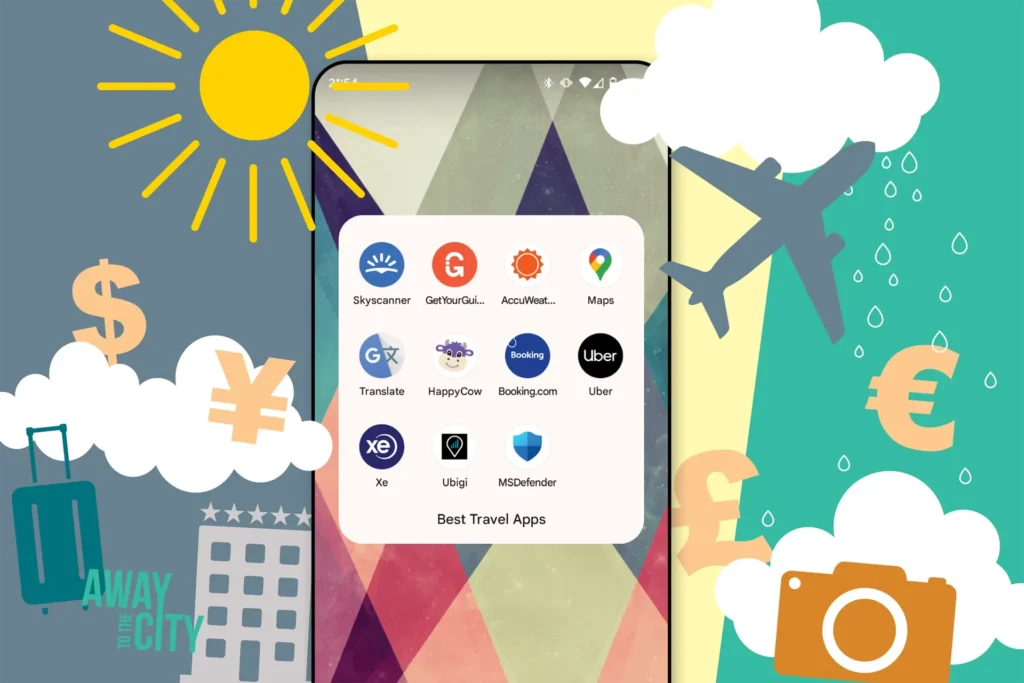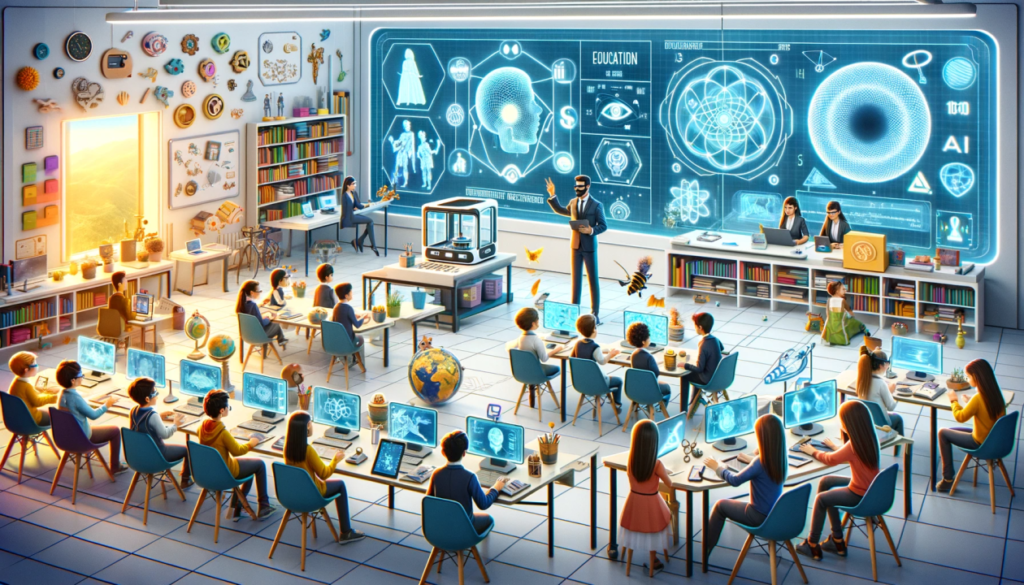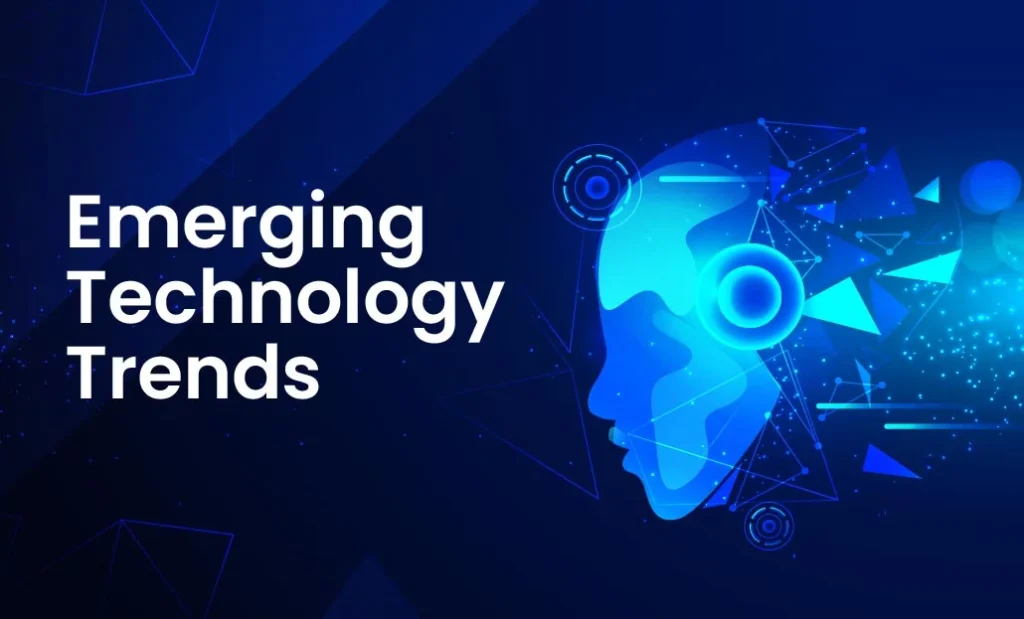Top Travel Apps for 2024: Enhance Your Journey
In the age of technology, travel has never been more convenient. Gone are the days of juggling paper maps, guidebooks, and documents. With the rise of smartphones and innovative apps, planning and enjoying your travels has become as simple as a few taps on your screen. As we enter 2024, the landscape of travel technology continues to evolve, offering travellers more ways to streamline their trips, save money, and make the most of their adventures. In this blog, we’ll explore the top travel apps for 2024 that will enhance your journey in every way. 1. Hopper: Find the Best Flight Deals Hopper remains one of the most popular apps for booking flights in 2024. What sets Hopper apart is its ability to predict future flight prices with impressive accuracy, allowing you to book your trip at the optimal time for the best price. Simply input your destination and preferred travel dates, and Hopper will monitor prices, notifying you when they are expected to drop. In addition to flights, Hopper also provides options for hotel bookings and car rentals, making it a comprehensive app for travel planning. With its user-friendly interface and a track record of saving travelers hundreds of dollars, Hopper is a must-have for budget-conscious adventurers in 2024. Key Features: Price prediction: Hopper’s AI-driven algorithm predicts when flight prices will rise or fall. Notifications: Get alerts when the prices are at their lowest. Comprehensive bookings: Flights, hotels, and car rentals are all available in one app. 2. Google Maps: The Ultimate Navigation Tool While it may seem obvious, Google Maps continues to dominate as the essential app for navigating unfamiliar destinations. Google Maps offers a variety of tools that make exploring cities, towns, or even remote areas a breeze. From real-time GPS navigation to finding the best restaurants nearby, this app does it all. In 2024, Google Maps has added even more features, including better offline maps, which are incredibly useful when traveling in areas with limited or no internet access. Whether you’re walking, driving, cycling, or using public transit, Google Maps provides accurate, up-to-date information for efficient route planning. Key Features: Offline maps: Download maps for use in areas without Wi-Fi or cellular service. Real-time traffic updates: Get live traffic conditions to avoid delays. Discover nearby attractions: Use the “Explore” feature to find local restaurants, cafes, and sights. 3. Airbnb: Unique Accommodations and Local Experiences Finding accommodation that feels like home is essential when traveling. Airbnb continues to be a top choice for those who seek unique and local experiences. Airbnb allows you to book anything from cozy apartments to entire villas, catering to various budgets and preferences. What’s new in 2024 is Airbnb’s increased focus on Experiences—curated activities hosted by locals, such as cooking classes, guided hikes, or cultural tours. These experiences provide travelers with an opportunity to engage with the local community, giving them a deeper understanding of the destination. Key Features: Wide variety of accommodations: Find everything from shared rooms to luxury homes. Experiences: Book unique activities hosted by locals. Flexible bookings: Many listings offer free cancellations and flexible check-in/out times. 4. TripIt: All Your Travel Plans in One Place For travelers who like to stay organized, TripIt is the perfect travel companion. This app automatically consolidates your travel plans—flights, hotels, car rentals, and more—into a single, easy-to-access itinerary. Simply forward your confirmation emails to TripIt, and the app will create a master itinerary for you. TripIt also provides real-time flight alerts, gate changes, and directions to your next destination. The premium version, TripIt Pro, offers even more features, such as tracking seat availability and offering suggestions for better seats or earlier flights. In 2024, TripIt remains a must-have for anyone looking to simplify their travel planning. Key Features: Itinerary management: All travel bookings are organized in one place. Real-time alerts: Receive updates on flight delays, gate changes, and more. Sharing options: Easily share your itinerary with friends or family. 5. Rome2Rio: Comprehensive Transportation Solutions Rome2Rio is a fantastic app for figuring out how to get from Point A to Point B. Whether you’re traveling within a city or between countries, Rome2Rio will show you the best transportation options, including flights, trains, buses, ferries, and even car rides. Rome2Rio’s extensive database covers over 160 countries, making it a global favorite for travelers who need comprehensive transportation information. The app’s detailed information on costs, travel times, and routes helps you compare different modes of transportation and pick the one that suits your needs and budget. Key Features: Multi-modal transportation: Compare flights, trains, buses, and other transit options. Detailed information: Get data on travel times, costs, and route maps. Global coverage: Access transportation options in over 160 countries. 6. XE Currency: Stay On Top of Exchange Rates When traveling abroad, keeping track of exchange rates is crucial to managing your budget. XE Currency provides real-time currency conversion, ensuring you always know how much you’re spending in your home currency. The app supports over 180 currencies and offers historical exchange rate data, making it easier to determine the best time to exchange money. In 2024, XE Currency includes more advanced features, such as notifications when your desired exchange rate is met. It’s also useful for businesses and frequent travellers who need to monitor currency fluctuations. Key Features: Real-time currency conversion: Get the latest exchange rates on the go. Rate alerts: Set alerts to get notified when exchange rates meet your target. Offline access: The app works offline, with the most recent exchange rates available. 7. Pack Point: Smart Packing Lists One of the most tedious aspects of travel is packing, and PackPoint is here to make it easier. This app helps you create customized packing lists based on your destination, the length of your trip, and the activities you plan to do. It even takes weather forecasts into account! In 2024, PackPoint has enhanced its features with more detailed packing suggestions and integrations with weather apps. It also allows you to share packing lists with others, making
Top Travel Apps for 2024: Enhance Your Journey Read More »






